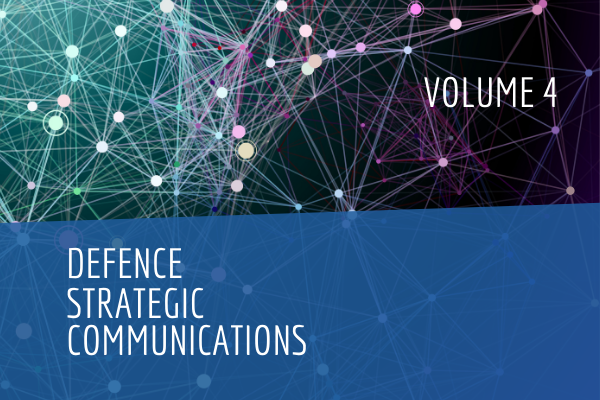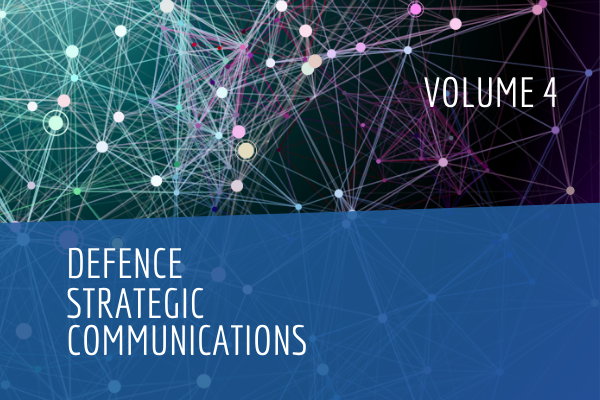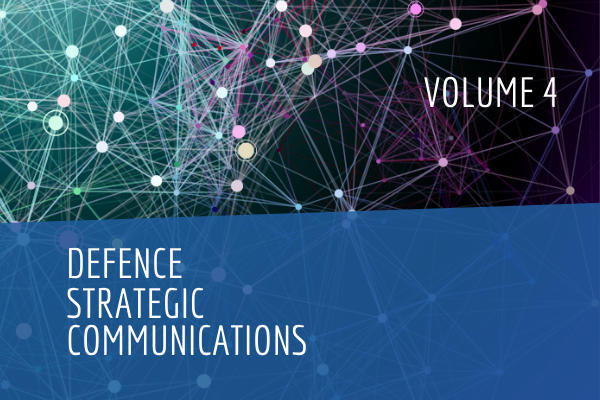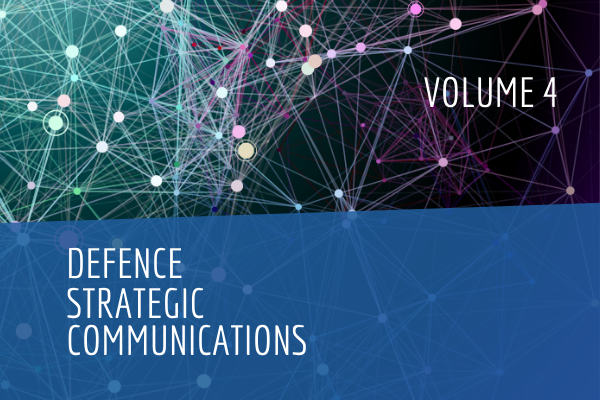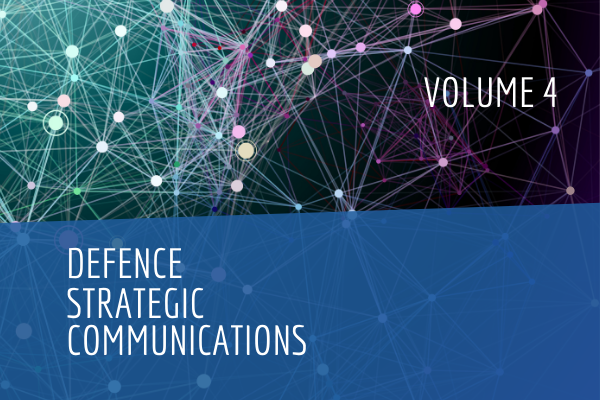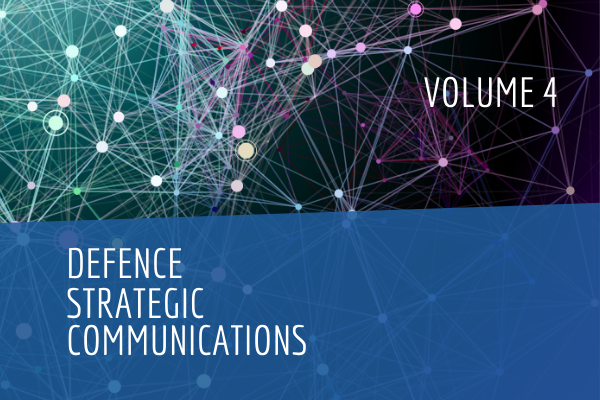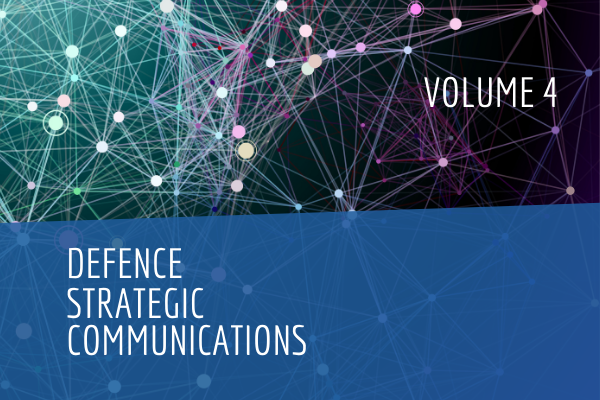Abstract
Social media platforms are widely used for sharing information. Although social media use is generally benign, such platforms can also be used for a variety of malicious activities, including the dissemination of propaganda, hoaxes, and fake news to influence the public. The availability of inexpensive and ubiquitous mass communication tools has made such malicious activity much more convenient and effective. In this paper we study how blogs act as virtual spaces where malicious narratives are framed and then further disseminated through social media platforms such as Twitter and Facebook. To discover how such disinformation campaigns work, it is necessary to examine the link between blogs and social media platforms and the role they play in media orchestration strategies, more specifically cross-media and mix-media strategies. We have carried out an in-depth examination of information networks, using social network analysis and cyber forensics, to identify prominent information actors and the leading coordinators of several disinformation campaigns. The research methodology we have developed reveals a massive disinformation campaign pertaining to the Baltic region, conducted primarily through blogs but strategically linking to a variety of other social media platforms, e.g. Twitter, Facebook, YouTube, and VKontakte.
Note: Although blogs fall under the broad definition of social media, for the purposes of this paper we distinguish between blogs and social media, using the term social media to refer to forums that have some sort of formal membership, but where any member can post about anything (within certain limits of legality and decency) to the audience of the account holder’s choice; a blog is the product of an individual (at least ostensibly), writing about a set of topics limited by the blogger’s interests.
Keywords—social media, blogs, social network analysis, cyber forensics, disinformation, mix-media, cross-media.
About the Authors
Nitin Agarwal is the Jerry L. Maulden-Entergy Endowed Chair and Distinguished Professor of Information Science at the University of Arkansas and Director of the Collaboratorium for Social Media and Online Behavioral Studies (COSMOS). He researches social computing, cyber information campaigns, deviant behavior modeling, group dynamics, social-cyber forensics, data mining, and privacy.
Kiran Kumar Bandeli is a PhD student at the University of Arkansas at Little Rock. He majors in Computer and Information Sciences with research interest in social media analysis, social computing, narrative analysis, and mis/ disinformation campaigns.
Bibliography
Agarwal, Nitin, Samer Al-khateeb, Rick Galeano, and Rebecca Goolsby, ‘Examining The Use Of Botnets And Their Evolution In Propaganda Dissemination’, Defence Strategic Communications, Volume 2 (2017): 87–112.
Agarwal, Nitin, Huan Liu, Lei Tang, and Philip S. Yu, ‘Identifying the Influential Bloggers in a Community’ in the Proceedings of the 2008 International Conference on Web Search and Data Mining, 207–218.
Al-khateeb, Samer, Muhammad Hussain, and Nitin Agarwal, ‘Leveraging Social Network Analysis & Cyber Forensics Approaches to Study Cyber Propaganda Campaigns’, in Tansel Özyer, Sambit Bakshi, and Reda Alhajj, (eds), Social Network and Surveillance for Society (Berlin: Springer, forthcoming in 2019).
Allcott, Hunt and Matthew Gentzkow, ‘Social Media and Fake News in the 2016 Election’, Working Paper № 23089 (Cambridge, MA: National Bureau of Economic Research, 2017).
Allen, M., ‘Kremlin’s “Social Media Takeover”: Cold War Tactics Fuel Ukraine Crisis’ Democracy Digest (blog), 10 March 2014;
Barthel, Michael and Amy Mitchell, ‘Americans’ Attitudes About the News Media Deeply Divided Along Partisan Lines’, Pew Research Center’s Journalism Project (blog), 10 May 2017.
Blogging statistics: blog posts written today, is a real-time counter showing the global activity on wordpress bloggers. [Accessed 4 June 2018].
Bohlen, Celestine, ‘Cold War Media Tactics Fuel Ukraine Crisis’, New York Times, 10 March 2014, sec. Europe.
Bright, Jonathan, ‘Explaining the Emergence of Echo Chambers on Social Media: The Role of Ideology and Extremism’, Oxford Internet Institute, University of Oxford, 14 March 2017.
Ferrara, Emilio, ‘Measuring Social Spam and the Effect of Bots on Information Diffusion in Social Media’ ArXiv 2017.
Harichandran, Vikram S., Frank Breitinger, Ibrahim Baggili, and Andrew
Marrington, ‘A Cyber Forensics Needs Analysis Survey: Revisiting the Domain’s Needs a Decade Later’, Computers & Security 57 (2016): 1–13.
Hindman, Matthew, The Myth of Digital Democracy (Princeton, NJ: Princeton University Press, 2008).
Hussain, Muhammad Nihal, Saaduddin Ghouri Mohammad, and Nitin Agarwal, ‘Blog Data Analytics Using Blogtrackers’, International Conference on Social Computing, Behavioral-Cultural Modeling & Prediction and Behavior Representation in Modeling and Simulation, Washington DC, July 2017.
Hussain, Muhammad Nihal, Adewale Obadimu, Kiran Kumar Bandeli, Nooman Mohammad, Samer Al-khateeb, and Nitin Agarwal, ‘A Framework for Blog Data Collection: Challenges and Opportunities’, The IARIA International Symposium on Designing, Validating, and Using Datasets (DATASETS 2017), June 2017.
Jost, Kenneth and Melissa J. Hipolit, Blog Explosion: Are Blogs a Passing Fad or a Lasting Revolution?, CQ Researcher 16 (2006), Issue 22 (9 June). PAYWALL.
Kumar, Srijan, Robert West, and Jure Leskovec ‘Disinformation on the Web: Impact, Characteristics, and Detection of Wikipedia Hoaxes’ in Proceedings of the 25th International Conference on World Wide Web, pp. 591–602, International World Wide Web Conferences Steering Committee, 2016.
LIWC | Linguistic Inquiry and Word Count, Landing Page. [Accessed 4 June 2018]
MacFarquhar, Neil, ‘A Powerful Russian Weapon: The Spread of False Stories’, New York Times, 28 August 2016, sec. Europe.
MIT Technology Review, Emerging Technology from the arXiv, ‘First Evidence that Social Bots Play a Major Role in Spreading Fake News’, 7 August 2017. [accessed 4 June 2018].
Paterva.com, Company Page. [Accessed 4 June 2018]
Povar, Digambar and V. K. Bhadran, ‘Forensic Data Carving’ in International Conference on Digital Forensics and Cyber Crime, Second International ICST Conference, Abu Dhabi, United Arab Emirates, 4–6 October 2010, Revised Selected Papers, ed. Ibrahim Baggili (Berlin: Springer, 2011): 137–48. PAYWALL.
Sabillon, Regner, Jordi Serra-Ruiz, Victor Cavaller, and Jeimy J. Cano, ‘Digital Forensic Analysis of Cybercrimes: Best Practices and Methodologies’, International Journal of Information Security and Privacy, Volume 11, № 2 (2017): 25–37. PAYWALL
Şen, Fatih, Rolf Wigand, Nitin Agarwal, Serpil Tokdemir, and Rafal Kasprzyk,
‘Focal Structures Analysis: Identifying Influential Sets of Individuals in a Social Network’, Social Network Analysis and Mining Volume 6, № 1 (8 April 2016): 17. PAYWALL
Shu, Kai, Amy Sliva, Suhang Wang, Jiliang Tang, and Huan Liu. ‘Fake News Detection on Social Media: A Data Mining Perspective’, SIGKDD Explorations, 19(1):22-36, June, 2017.
Snopes.com, ‘FACT CHECK: No More Child Support After 2017?’, Kim LaCapria (fact-checker), 20 September 2017, updated 20 April 2018.
Snopes.com, ‘FALSE: Comet Ping Pong Pizzeria Home to Child Abuse Ring Led by Hillary Clinton’, Kim LaCapria (fact-checker), 21 November 2016, updated 4 December 2016.
Spence, Patric R., Kenneth Lachlan, Timothy Sellnow, Robert G. Rice, and Henry Seeger, ‘That Is So Gross and I Have to Post About It: Exemplification Effects and User Comments on a News Story’, Southern Communication Journal, Volume 82, № 1 (2017): 27–37. PAYWALL
Stats: A Look at Activity Across WordPress.com, provides a visualisation of current posts, comments, and likes, 8 December 2006. [last accessed 4 June 2018]
Subramanian, Samanth, ‘The Macedonian Teens Who Mastered Fake News: Inside the Macedonian Fake News Complex’ Wired, 15 February 2017.
TouchGraph, SEO Keyword Graph Visualisation. [Accessed 4 June 2018]
Vosoughi, Soroush, Deb Roy, and Sinan Aral, ‘The Spread of True and False News Online’, Science 359, № 6380 (2018): 1146–51.
Zillmann, Dolf, ‘Exemplification Theory of Media Influence’ Media Effects: Advances in Theory and Research 2 (2002): 19–41.
